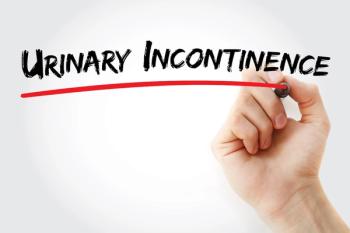
Dr Dan Ouellette: The New ERS/ATS Guidelines Provide Information on Biologic Agents
Updating guidelines requires having sufficient information on the elements that are your focus, noted Dan Ouellette, MD, MS, FCCP, senior staff physician and director of the Respiratory Ward at Henry Ford Hospital.
Updating guidelines requires having sufficient information on the elements that are your focus. The new European Respiratory Society (ERS)/American Thoracic Society (ATS) guidelines, for example, include recently developed biologic agents, noted Dan Ouellette, MD, MS, FCCP, senior staff physician and director of the Respiratory Ward at Henry Ford Hospital and associate professor of medicine at Wayne State University School of Medicine.
Transcript
What guidelines are most important among the new ones from the European Respiratory Society and the American Thoracic Society?
I think that there are elements in the new European Respiratory Society/American Thoracic Society [ATS] guideline that will be of great interest. When a society, when a group develops a guideline, the process takes a while. And when you pick the elements that you're focusing your guideline upon, we choose elements for which we have sufficient information to be able to address a question.
And both the GINA [Global Initiative for Asthma] guidelines and the guidelines that are being developed by the National Institutes of Health in the United States, which should be published later this year, answer questions that are very common and important. But there are new technologies, new treatments that are developing, which neither of those guidelines has really been able to address just because of the novelty of the information and the fact that this is emerging research.
And the gap that the European Respiratory Society guideline and the ATS guideline—the combined society guideline—the gap that that fills is providing information about these biologic agents that have been recently developed and are emerging. And in this guideline, contrary to the others, they're actually recommendations about use.
So, I think this will be an exciting guideline, because it fills a gap and it gives clinicians guidance about how to use these new agents that are being developed.
Newsletter
Stay ahead of policy, cost, and value—subscribe to AJMC for expert insights at the intersection of clinical care and health economics.





























































